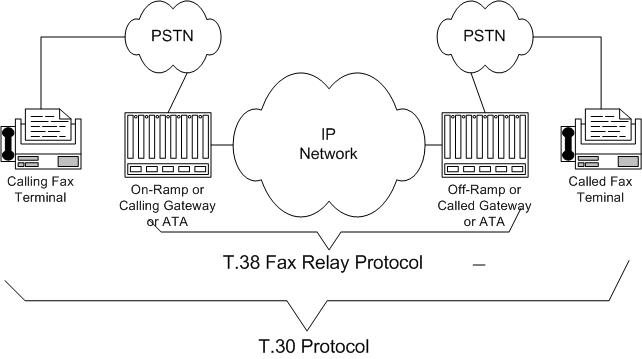Just a few years ago, offering Internet-based fax services required a major capital investment exceeding several millions of dollars for national coverage. But no longer. Suddenly, offering Internet-based fax services is now the easiest and most-affordable path for the VoIP service provider, and even the ISP to follow, to add new revenue, profit, and positive cash. All-software (HMP) fax media servers, such as Commetrex’ BladeWare™, and the new breed of IP-network wholesale carriers, such as Global Crossing and iBasis, drop the bottom out of capital requirements, reducing them, by millions of dollars, to under $25,000 for typical configurations.
The critical technology breakthrough that enabled this economic discontinuity is Commetrex’ first-of-a-kind media server that can directly terminate IP-based real-time T.38 and G.711 pass-through faxes. Without the ability to directly terminate IP faxes, the i-fax service provider was forced to invest in POP-specific TDM fax servers, and backhaul the resulting fax file to the provider’s server farm, where e-mail notifications were sent to subscribers. Using this legacy technology, a POP per tier-1 and tier-2 MSA implies a multi-million infrastructure investment for North American coverage, a formidable barrier to market entry.
But more than a T.38-capable fax media server was required. T.38-capable media gateways are also required to enter and exit the IP network. Although not as large an investment as the TDM-fax-server infrastructure, this is still a significant financial hurdle unless the provider can leverage a previous investment of an IP carrier, such as Global Crossing or iBasis, which have made the investment in a T.38-capable infrastructure, and, under certain circumstances, will write a T.38 service agreement.
Often, the cost of using such a network is far less than the operating cost of a proprietary network infrastructure. This means the investment and value contribution of the service provider is the all-software-based fax termination server, marketing, and the OSS/BSS aspects of the business.












